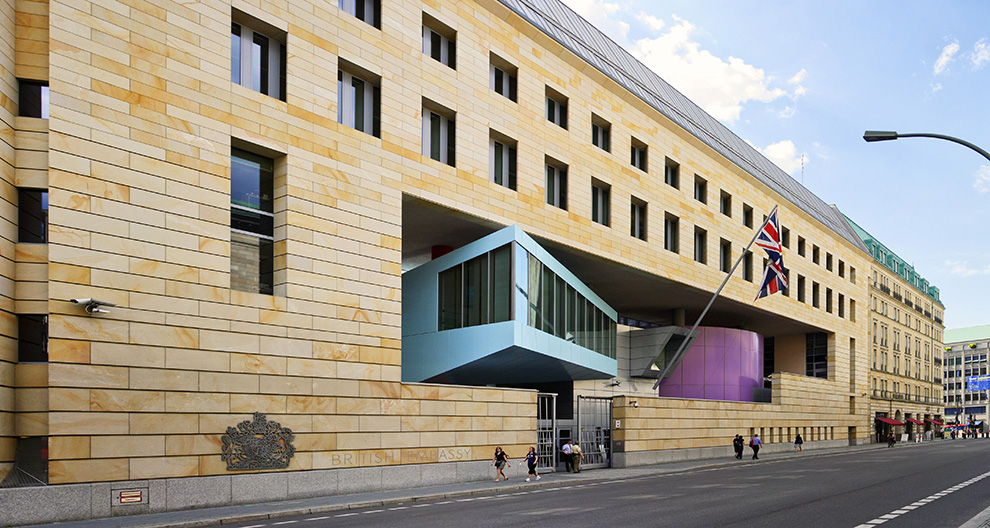The Fundamental Principles of Design in Art: A Comprehensive Guide

principles of design in art
In the vast realm of art and design, understanding the foundational principles is crucial for creating compelling and harmonious compositions. Whether you’re an artist, a designer, or simply an art enthusiast, grasping these concepts can elevate your appreciation and creation of visual art. Dive into this comprehensive guide to explore the essential principles of design in art.
Also Read:- 6 Ways To Use Glass In Interior Design
1. Balance: The Art of Equilibrium
Balance ensures a sense of stability in a composition. It can be:
- Symmetrical Balance: Where elements are mirrored on either side of a central axis.
- Asymmetrical Balance: Where different elements balance each other out without mirroring.
2. Contrast: Highlighting Differences
Contrast adds intrigue by juxtaposing opposing elements, such as light vs. dark or rough vs. smooth. It’s a powerful tool to emphasize and draw attention to specific parts of your artwork.
3. Emphasis: Spotlight on the Focal Point
Every artwork has a star—the focal point. Emphasis ensures that this star shines the brightest, guiding the viewer’s eye to areas of importance.
4. Movement: Guiding the Viewer’s Eye
Movement is the path the viewer’s eye follows when observing a piece. It’s like an invisible guide, leading the viewer from one element to the next, ensuring a fluid visual experience.
5. Pattern and Rhythm: The Heartbeat of Design
Patterns are about repetition, creating a sense of consistency. Rhythm, on the other hand, introduces a predictable beat, much like in music, adding a dynamic vibrancy to the composition.
6. Proportion: The Beauty of Relative Size
Proportion is all about the relationship between elements. It’s how different parts of a piece relate to each other in terms of size and scale, ensuring harmony and coherence.
7. Repetition: Consistency in Design
Repetition reinforces certain elements, creating a sense of unity. It’s a way to tie similar elements together, making the artwork feel cohesive.
8. Unity: The Symphony of Cohesiveness
Unity ensures all elements of a design feel like they belong together, creating a sense of completeness and wholeness.
9. Variety: Spice of the Art World
Variety introduces different elements to break monotony, ensuring the artwork remains engaging and captivating.
10. Space: The Final Frontier
Space, both positive (filled) and negative (empty), plays a crucial role in defining relationships between elements, offering breathing room and clarity.
11. Scale: Playing with Size
Scale deals with the size of an object compared to another, adding depth and perspective to the artwork.
Conclusion
The principles of design in art are more than just rules—they’re the building blocks that breathe life into every piece. By understanding and applying these principles, artists and designers can create compositions that resonate, captivate, and inspire. Whether you’re starting your artistic journey or looking to refine your skills, these principles are your trusted allies in the world of visual art.








